Where are the world’s hottest luxury residential markets? It turns out that’s a question with a very different answer every year.
Most recently, the top up-and-coming market was a somewhat surprising one: Manila, which saw prime residential property values increase by 11 percent in 2018 thanks to limited supply and a booming Phillipine economy, according to the latest annual Wealth Report from global property consultancy Knight Frank.
But the Phillipine capital’s chart-topping performance had as much to do with a worldwide slowdown as it did with its own strengths. In most years this past decade, the number-one growth market saw at least a 20 percent annual increase, with about ten markets experiencing double-digit jumps. In 2018, only five markets saw price increases of more than 10 percent.
Looking back at a decade of Wealth Reports, the top of Knight Frank’s Prime International Residential Index (PIRI) featured a rotating cast of cities across the globe, with a notable concentration in the Asia-Pacific region.
Here’s a look at the fast-growing luxury markets for each year this decade.
(Note: PIRI rankings reflect property value growth over the course of the year prior to the Wealth Report publication date.)
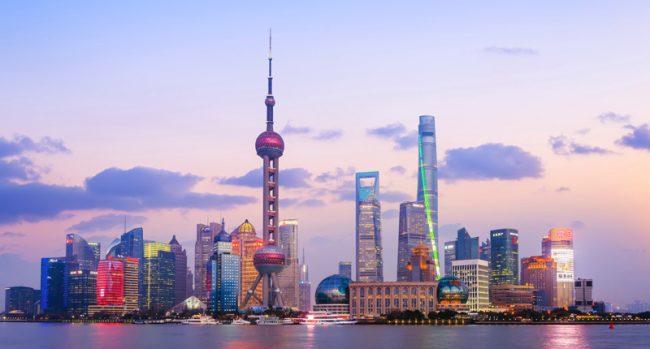
Shanghai, China
2010: Shanghai (52%), Beijing (47%), Hong Kong (40.5%)
China’s major cities came out of the gates red-hot, with property values jumping by more than 40 percent in the first year that followed the global financial crisis, more than any market in the world would experience in the next ten years. China’s economic boom would be one of the main subplots of the decade, starting in the domestic luxury market before expanding abroad.
2011: Shanghai (21%), Mumbai (20%), Singapore (18%)
The Chinese growth spurt toned down somewhat in the following year, though Shanghai still managed to hold on to the top spot. Fellow Asian financial hubs Mumbai and Singapore squeezed into the top of the rankings, and a total of 17 markets saw double-digit price growth as economic recovery began to take hold worldwide.
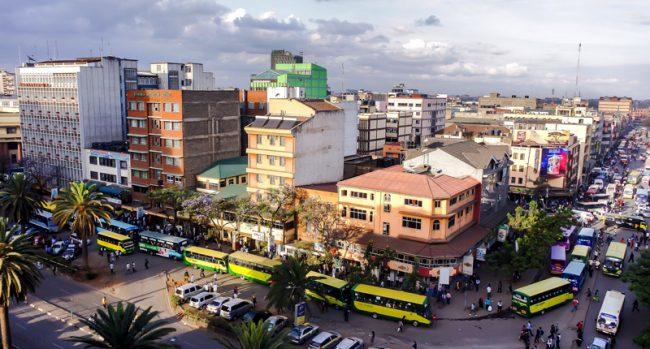
Nairobi, Kenya
2012: Nairobi (25%), Kenyan Coast (20%), Miami (19.1%)
And now for something completely different! As the Asian price boom wore off, the Kenyan capital, Nairobi, and the country’s Indian Ocean coast emerged as surprising magnets for residential investment. Knight Frank analysts attributed the strong growth to an increasingly affluent diaspora, and relative “safe haven” status compared to other countries in the region. Miami, meanwhile, resumed its traditional role as a safe haven for affluent Latin Americans.
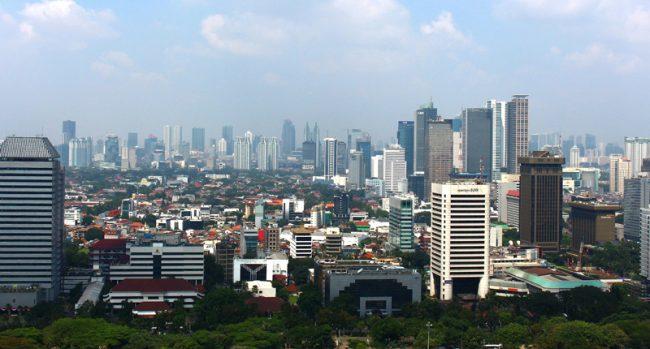
Jakarta, Indonesia
2013: Jakarta (38.1%), Bali (20%), Dubai (20%)
The epicenter of luxury investment shifted across the Indian Ocean to Indonesia the following year, as capital Jakarta and global second-home mecca Bali both benefited from the country’s rapid economic expansion. Meanwhile Dubai, which had seen prices crash by more than 50 percent during the financial crisis, reclaimed its role as a safe haven in an increasingly chaotic Middle East, as well as a hub connecting the Asia-Pacific and Europe.
2014: Jakarta (37.7%), Auckland (28.8%), Bali (22%)
Indonesia’s two main markets held strong for another year, while Auckland arrived on the scene with a bang as well. New Zealand was beginning to emerge as a favored destination for the world’s super-rich thanks in part to its remoteness, and the nation’s largest city benefited the most. Later in the decade, the country would take drastic measures to address the influx of foreign buyers.
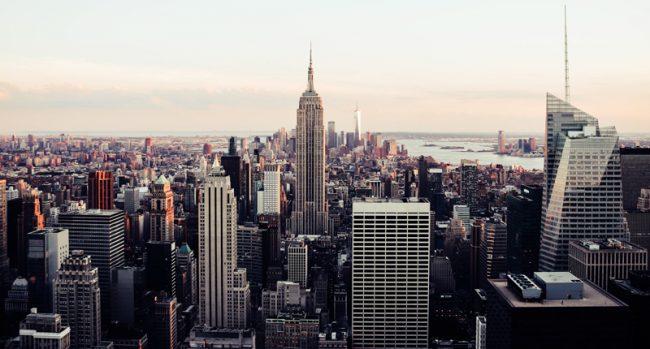
New York, New York
2015: New York (18.8%), Aspen (16%), Bali & Istanbul (tie, 15%)
The height of New York City’s condo boom propelled it to the top of the PIRI charts in a year in which no market saw prices increase by more than 20 percent. Out west in Colorado, the ski resort town of Aspen also had a strong year while European and Asian markets slowed. Bali neared the tail end of a multi-year boom, while rapidly-developing Istanbul had a moment in the spotlight before Turkey’s economic woes set in later in the decade.
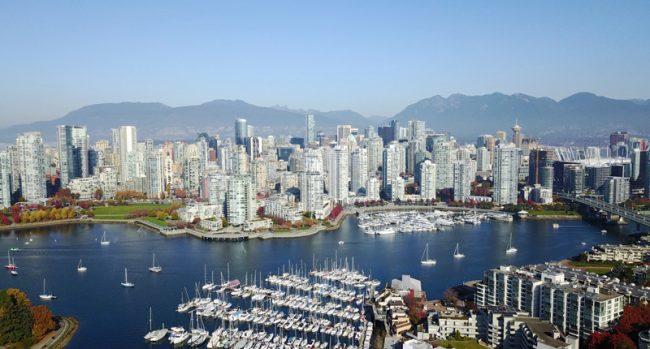
Vancouver, Canada
2016: Vancouver (24.5%), Sydney (14.8%), Shanghai (14.1%)
Shanghai inched back into the top three the following year, while wealthy Chinese buyers began making their presence known overseas in earnest. Vancouver and Sydney both emerged as major hubs for foreign investment — and local governments would soon respond, with stricter mortgage-lending rules in Australia and an “empty homes tax” in Vancouver.
2017: Shanghai (27.4%), Beijing (26.8%), Guangzhou (26.6%)
In a blast from the not-so-distant past, three Chinese cities nabbed the top three spots in PIRI once again. This time around, Hong Kong was replaced by the southern city of Guangzhou in third place. This would prove to be a bit of a last hurrah for the Chinese real estate boom, as the Chinese government began introducing higher deposit rates and home purchase restrictions in late 2016, in an effort to control prices.
2018: Guangzhou (27.4%), Cape Town (19.9%), Aspen (19%)
Shanghai and Beijing fell out of the top 10 a year later as cooling measures took hold, while relatively affordable Guangzhou continued its boom for a bit longer. Cape Town saw strong growth as buyers from the rest of South Africa joined foreign buyers in a geographically-constrained luxury market.
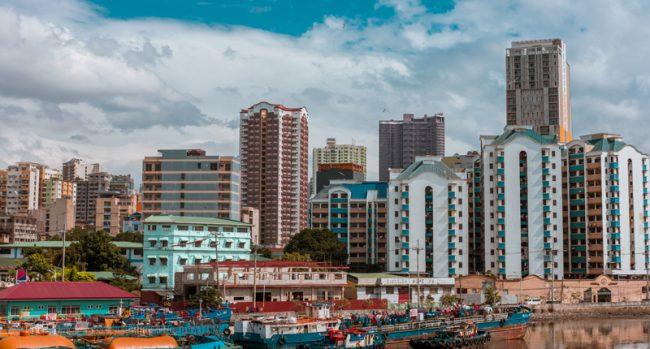
Manila, Philippines
2019: Manila (11.1%), Edinburgh (10.6%), Berlin (10.5%)
The capital of the Philippines came out of nowhere (literally — the city was not ranked at all in most Wealth Reports this decade) to nab the number one spot with a rather modest 11.1-percent growth rate. For the first time this decade, European cities finally cracked the top three amid the global slowdown, with relatively less mature luxury markets like Edinburgh and Berlin leading the way.
